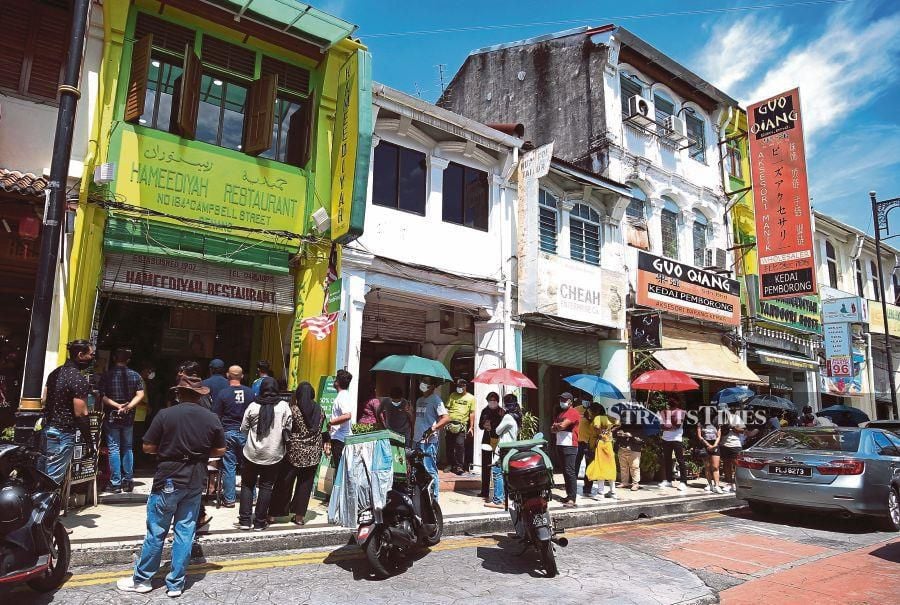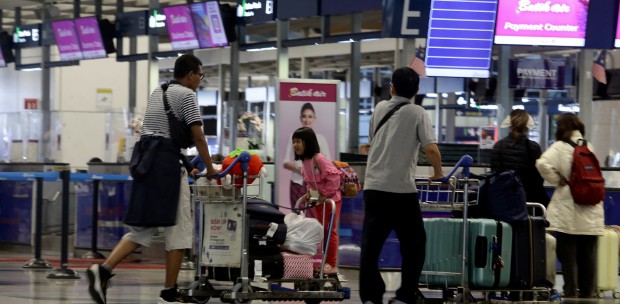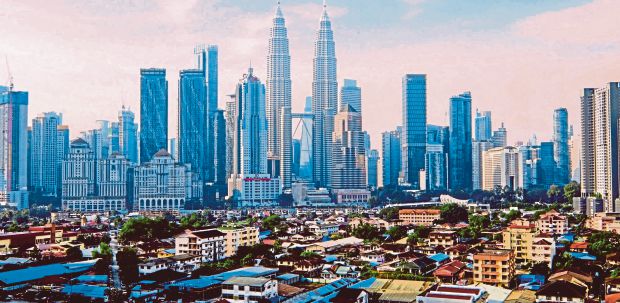TOURISM is an important sector of the Malaysian economy, and the shock to the sector resulting from the Covid-19 pandemic is affecting the wider economy.
Restricting international travels, business operations and people-to-people interactions have brought the sector to a standstill.
EU-ERA's recent publication of the Quarterly Labour Market Perspectives — "A Sign of Labour Market Rebound" showed that the services sector, especially the tourism sub-sector is the key driver for economic recovery at sectoral level.
The pandemic has left hard-to-heal wounds on the tourism sector's growth. Lifting the domestic and international travel restrictions is expected to boost tourism and subsequently the overall economy.
Tourism is labour-intensive, employing 3.5 million workers, or 23.1 per cent of jobs. Once the sector recovered, the unemployment rate is expected to reduce significantly which translates into labour income increases.
The increase in labour income will stimulate demand in the economy and improve private consumption on the demand-side of gross domestic product (GDP).
The key measure for the growth of the tourism sector is the arrival and movement of tourists. The gross value added to the tourism sector contracted by 17.1 per cent from RM240.5 billion in 2019 to RM199.4 billion in 2020.
A similar trend was observed for employment generation. The capacity of the tourism sector to absorb employment reduced by 2.9 per cent, from 3,561,000 in 2019 to 3,457,000 in 2020.
The relatively lower impact of employment compared with the value added has resulted from the government's intervention in the market to retain employment such, as the wage subsidy programme.
Tourism GDP on the other hand is associated with a positive correlation to international tourist arrivals, suggesting the value added expands as the number of international tourists increase.
Our calculation using an input-output model shows that every ringgit spent by international tourist generates about RM0.83 to the value added in the whole economy.
Expenditure by international visitors generate about 45 per cent to value added of the tourism sector while 55 per cent is attributed to other sectors.
Many countries are now entering a new phase in fighting Covid-19 while managing the reopening of tourism.
On Nov 11, Malaysia's National Recovery Council proposed reopening borders to international travellers by Jan 1, 2022, to accelerate the recovery of the tourism sector. According to a source, the international border closure has resulted in Malaysia losing about RM90 billion (US$21 billion) in tourism receipts.
From an economic perspective, especially the survival of businesses and livelihood of tourism-related employment, reopening borders for international visitors is necessary. It is unclear when and under what circumstances a more extensive reopening of crossings will take place.
The situation is still fluid, as many countries figure out how to control Covid-19 while reducing the impact of containment measures, particularly on tourism.
We do not want to participate in a debate on standard operating procedure (SOP) for international tourists. Rather, we attempt to provide policymakers with information on tourists from which countries should be prioritised as far as economics is concerned.
Our analysis indicates that tourists from America, Asia and Europe have been associated with considerable impacts in increasing GDP and reducing unemployment rates.
For example, a one per cent increase in international tourist arrival from the Americas potentially increases GDP by 0.046 per cent, and reduces the unemployment rate by 0.179 per cent. Thus, allowing international travellers from these continents may be prioritised over other continents.
Altogether, the re-opening of international borders should be gradual. To ensure lifting of travel restrictions are successfully implemented, two complementary conditions are necessary.
First, coordination mechanisms, such as cabinet committees and task forces, are required to monitor the pandemic's impact on tourism and adapt to a rapidly changing scenario. Second, re-establish traveller confidence and increase demand.
The government, therefore, must ensure that destination communities are confident that the benefits of having visitors outweigh worries about health hazards.
The writer is chief economist at EIS-UPMCS Centre for Future Labour Market Studies





